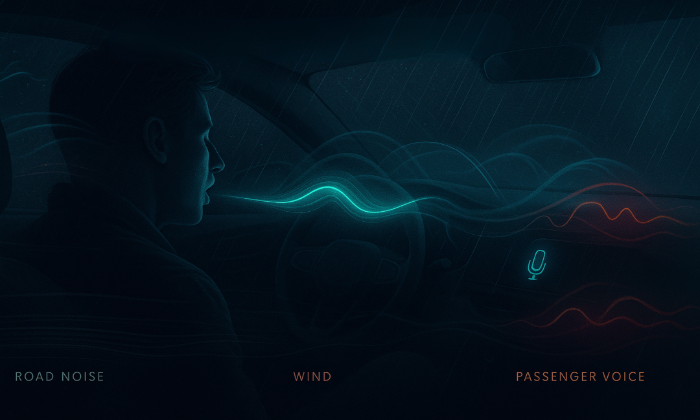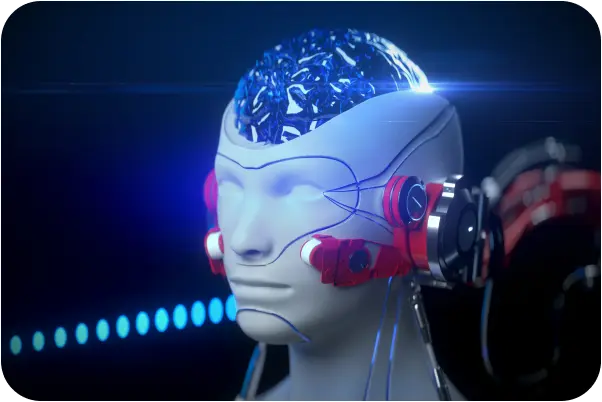Can voice cloning datasets be used for cross-lingual voice cloning?
Voice Cloning
Multilingual
Speech AI
Voice cloning technology has made significant strides, allowing for the creation of lifelike synthetic voices. One intriguing application is cross-lingual voice cloning, where a voice in one language is used to generate speech in another. This process requires specialized text-to-speech dataset to ensure accuracy and naturalness.
Why Cross-Lingual Voice Cloning Matters
Cross-lingual voice cloning is essential for various applications, such as creating multilingual virtual assistants, enhancing accessibility, and developing personalized voice experiences for global audiences. It allows for consistent voice representation across languages, which is crucial for maintaining brand or character identity.
How Cross-Lingual Voice Cloning Works
Cross-lingual voice cloning involves training models on datasets that capture a speaker's unique vocal characteristics in one language, which are then transferred to another language. This requires:
- High-Quality Datasets: The foundation of effective voice cloning is high-quality datasets that are diverse and capture various nuances like emotion and prosody.
- Language Coverage: Datasets must include multiple languages, with speakers representing different dialects and accents to ensure versatility and adaptability.
- Recording Standards: Datasets should be recorded in professional environments to capture clear and consistent audio, typically in formats like WAV with high sampling rates.
FutureBeeAI's Cross-Lingual Voice Cloning Datasets
At FutureBeeAI, we specialize in providing datasets that support cross-lingual voice cloning. Our speech data collection services are:
- Comprehensive and Diverse: We cover over 100 languages and dialects, ensuring that our datasets can support varied linguistic needs.
- Ethically Sourced: All data is collected with informed consent from speakers, ensuring compliance with global privacy standards.
- Quality Assured: We utilize rigorous quality control measures, including manual inspections and audio engineer reviews, to maintain high standards.
Applications of Cross-Lingual Voice Cloning
The use of cross-lingual voice cloning is vast:
- Multilingual Virtual Assistants: Ensuring that a virtual assistant can maintain a consistent voice across languages enhances user experience and trust.
- Personalized Language Learning Tools: These tools can provide learners with a native-like listening experience in multiple languages.
- Global Brand Consistency: Companies can maintain their brand voice across international markets, ensuring a unified customer experience.
Challenges and Best Practices in Cross-Lingual Voice Cloning
While cross-lingual voice cloning offers exciting possibilities, it also presents challenges such as maintaining the speaker's natural voice characteristics and intonation across languages. Best practices include:
- Using Diverse Speaker Profiles: Collecting data from speakers with varied accents and backgrounds to improve model robustness.
- Continuous Dataset Updates: Regularly updating our speech dataset collection to include new languages and dialects ensures relevance and adaptability.
Conclusion
For AI teams looking to explore cross-lingual voice cloning, FutureBeeAI offers a reliable data partnership to achieve scalable and ethical solutions. Whether you need datasets for research or production, our services are designed to meet your linguistic and technical needs effectively.
What Else Do People Ask?
Related AI Articles
Browse Matching Datasets
Acquiring high-quality AI datasets has never been easier!!!
Get in touch with our AI data expert now!








